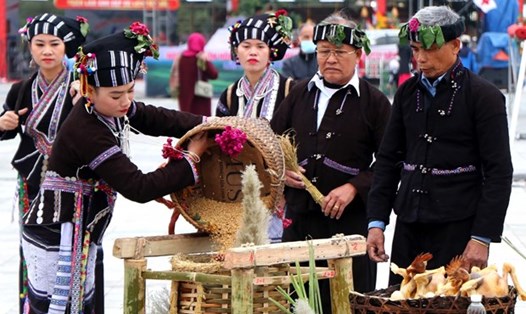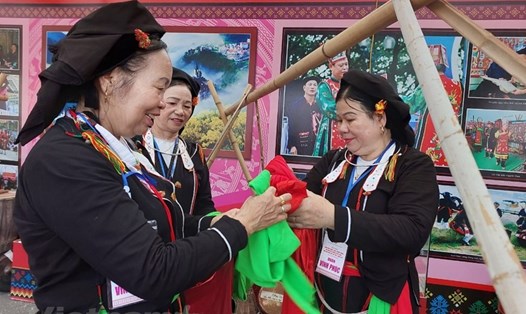In Dong Cuu village (Dung Tien commune, Thuong Tin district), artisan Pham Thi Pha, born in 1984, works hard every day next to the embroidery frame, restoring the sacred costumes of the Mother worship movement.
The profession of making copper tablets is a profession that both carries spiritual elements and requires sophistication and a deep understanding of folk culture.
This work requires both technique and religious knowledge, which was once considered superstitious, and is now gradually recognized as its true value, and Ms. Pha is one of the Persistent people who lights the fire to keep the profession, contributing to restoring and spreading the sacred cultural features in today's life.
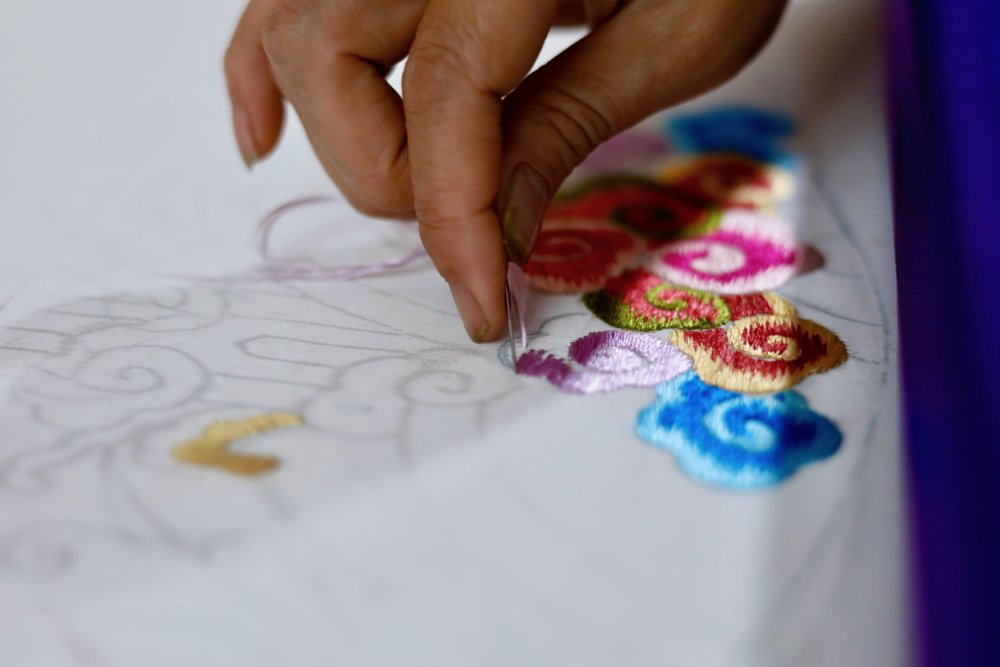
From "hiding a profession" to being proud of heritage
Having a relationship with needles and threads since she was only 10 years old, Ms. Pha has been in the profession for more than 22 years. She said that when she was young, learning embroidery was entirely based on observation and teaching from the village's elders; there were no schools that provided proper training, only patience, passion and faith in the cultural values that she was preserving.
Not only is she the one who preserves the ancient embroidery technique, she is also the first person to restore many ancient dress models, even redraw the models in ancient style to recreate the costumes similar to previous kings, but dedicated to the practice of worshiping the Mother.
"In the past, this profession was still banned. When returning goods, I have to hide them in sacks and black ball bags to cover them, no one dares to claim to be a dong phuc - Ms. Pha recalled the difficult time.
Before being honored by UNESCO as a Representative Intangible Cultural Heritage of Humanity in 2016, the bronze-clad activity was once considered a " superstitious profession", causing the people who work in the profession of embroidering altar scarves to be severely affected.
Not only with technique, the bronze turban embroiderer must have a wall for the entire belief system, the tables and chains, each unique characteristic of each Saint. Because each set of shirts is a sacred symbol, there can be no wrongdoing. "There are up to 36 bargains, each with a different price. I don't understand, I don't research, so I can't do it properly," Ms. Pha shared.
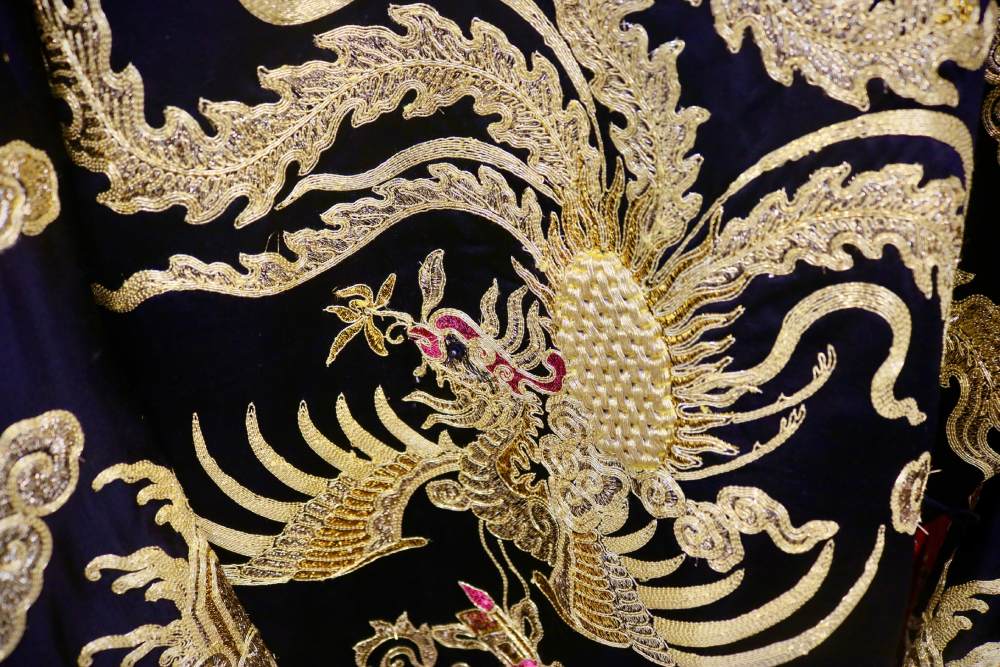
The quintessence of silk threads, needles and ancient embroidery lines
A complete bronze cameo shirt can take up to three months to hand-craft. The process starts with choosing fabric, the type of fabric also depends on the price of the shirt. Then, they draw a sample, use pollen to print the pattern, stamp with a machine and then press the shirt.
If making by hand, the craftsman will hand-embroider everything, which is a job that requires meticulousness to each needle. If done with electronic embroidery, you still have to capture the lines by hand to create the color and depth of each image.
The special thing about the Dong Cuu embroidery profession is that the craftsman uses silk - the glossy, soft and difficult to handle, combined with gold and white marble - two elements that make up the linh thu of the bronze hauue costume.
According to Ms. Pha, the needle must be in a bronze majestic dress to make the outfit stand out. If only using a woven needle like embroidery in paintings or fashion stores, it will not achieve the brilliance and sacredness of a silk needle with a needle.
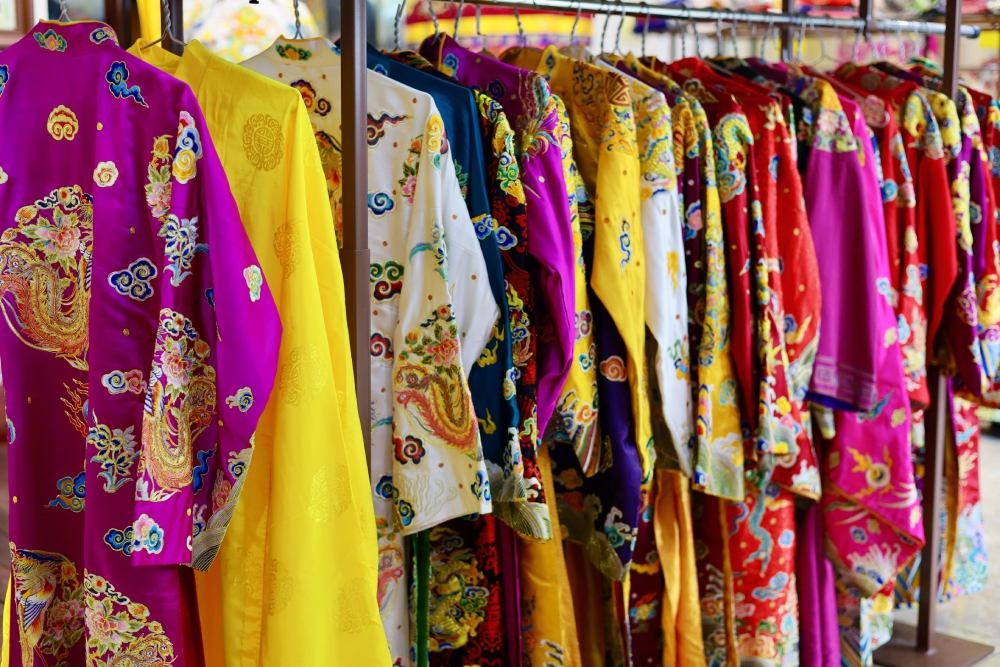
Unlike Thang Loi village specializing in embroidering wall paintings or Nguyen Bi hand-embroidered village, Dong Cuu chose its own path: restoring scarves for worship and costumes for religious practice. That specialty is the cultural features, the soul of the profession. But that is also why Dong Cuu village workers have many difficulties in maintaining sophistication when the modern market prefers fast, cheap, and easy-to-sell products.
Not only providing for the domestic market, Ms. Pha's embroidered scarves are now also ordered by her colleagues living abroad, sent to the salt industry in the US, France, Germany... She said that many people bring luxury clothes to set up electricity and salt industry right in their home country. Therefore, artisans feel proud that Vietnamese culture has spread to the world. For her, each embroidered shirt is not only a commodity, but also an embodiment of national culture.
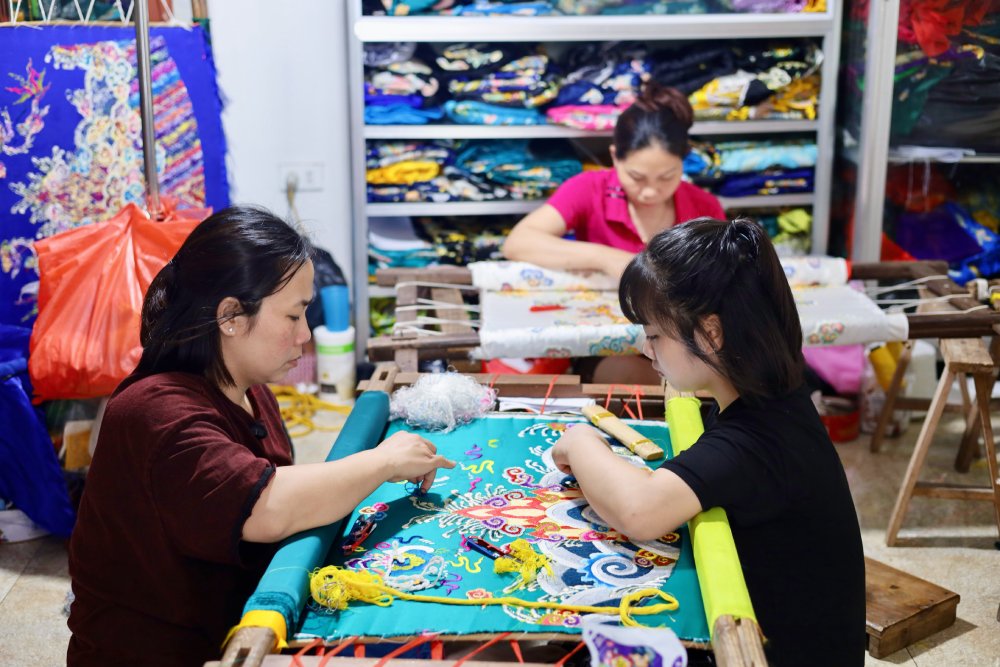
In the context of industrial sewing, when everything can be printed quickly and quickly, there are people like Ms. Pha who still diligently need to point the needle every day to preserve a cultural heritage.



